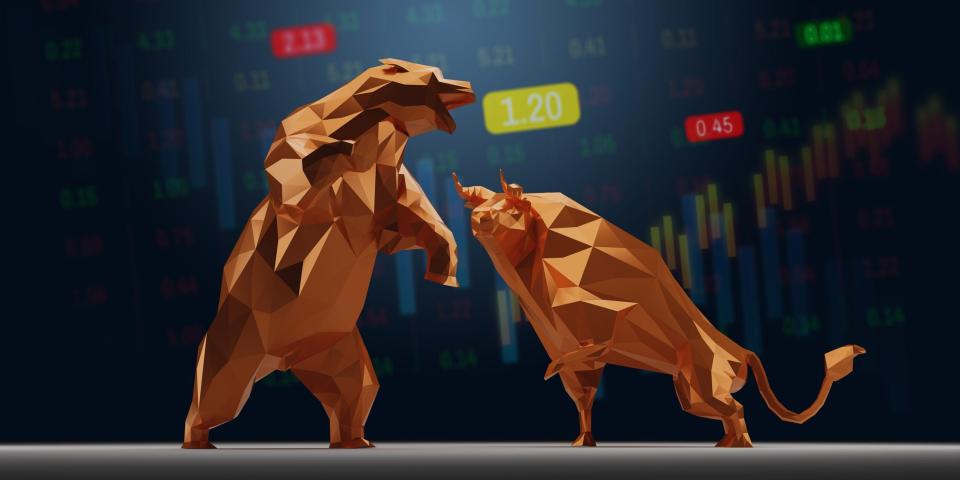The specter of stagflation is back in the news. BofA says investors should buy these 2 areas of the market to capitalize.

Headlines talking about "stagflation" have rocketed to the most in two years, Bank of America said.
Even though there isn't yet a stagflationary regime, the market narrative could shift quickly.
Utilities and energy typically benefit the most in stagflationary conditions, the bank said.
Headline references to "stagflation" catapulted to a two-year high last week, Bank of America reported, which could start weighing on Wall Street sentiment.
The feared scenario occurs when growth buckles against still-rising inflation, as has come true in recent first-quarter prints.
Though analysts told Business Insider it's too early to officially announce a stagflationary regime, for its part, Bank of America still cautioned that alarming headlines can easily shift the market narrative.
For those looking to make the most of the situation and protect their portfolios, the bank said utilities and energy are the best areas to hone in on:
"These sectors have outperformed the most during historical stagflation regimes and were also the best performing sectors in 2022 amid stagflation concerns," it said in a note on Wednesday. "Real Estate was the worst performing sector amid higher rates, followed by Tech."
That may be because stagflation cycles restrict the Federal Reserve's ability to cut rates, as doing so risks stoking further high inflation. In this case, the central bank often has no option but to tighten monetary policy.
The performance of these sectors also adds to stagflationary worries, with real estate and tech dropping 8.6% and 5.5%, respectively. Compared to that, utilities climbed 1.6%, while energy shed only 0.9%, Bank of America reported.
Still, the bank isn't necessarily forecasting stagflation, and saw no signs of it in last month's thorny GDP and personal consumption expenditures data: although growth appeared to slow down substantially against rising inflation, consumer spending still remained strong, it said.
"This created a narrative of 'stagflation' or a negative supply shock. We think that view is misguided, as it is based on an apples-to-oranges comparison," the bank wrote last week.
Read the original article on Business Insider
